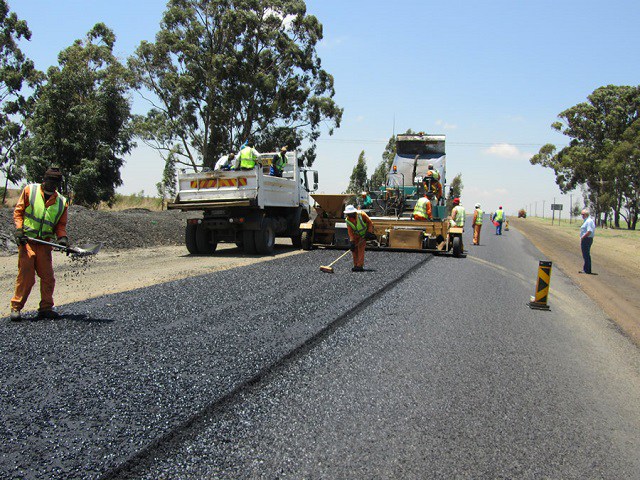by Rudo Saungweme
Zimbabwe has the potential to compete with other countries in terms of infrastructure development. The 10 provinces in the country also have the potential to build nice buildings that can meet international standards and attract investors. The new administration`s mantra is to attract investors. There is no way that investors can be lured into the country when the general outlook is bad. One once said, first impression counts. So Zimbabwe is in a bid to attract investors through the building of infrastructure. The nation will also benefit from this development.
The Infrastructure Development Bank of Zimbabwe (IDBZ) to complement government efforts is involved in a number of infrastructure development projects. However, the IDBZ cannot provide solutions to all of the country`s infrastructure challenges therefore it is focusing on major areas that need urgent attention. It is focusing on energy and power development, water and sanitation, housing, transport and information technology (ICT).The IDBZ in Zimbabwe is not the only institution focusing on infrastructure development. All sectors are contributing in the development of the country. The Nyangani Renewable Energy, a solar project in Mutoko district shows the new administration’s intention towards development. The project will contribute 2,5 Megawatts to the national grid and President Mnangagwa said that soon this will be upped to 10 Megawatts. In the near future, all rural areas would be electrified.
Zimbabwe is making headway in terms of infrastructure development. In the old dispensation, tenders to construct roads where given to road constructors who would construct sub standards roads. The new dispensation is employing Zimbabweans to construct durable roads that meet regional standards. A dual carriage way is being constructed along Mutare-Marondera road. The construction of a 100-kilometre Sanyati-Kadoma dual carriage way is also underway. The government has set aside $500 000 for the Sanyati-Kadoma dual carriage way which is expected to spur economic activity in the pre-dominantly cotton farming and gold mining area.
During the campaign launch held at Courteney Selous Primary School, the Minister of Local Government, Public Works and National Housing, July Moyo, in support of infrastructure development said that his ministry had received $150 million for Command Housing. Command Housing is part of infrastructure development.
The new administration is calling upon all sectors from the public to the private sector to involve themselves into infrastructure development. The local authorities are also on infrastructure development. Gwanda local authority highlighted that it is focusing on construction of infrastructure namely clinics and schools in specific. All local authorities are in a bid to improve the face of their towns. This initiative was put across by the new administration whose mantra is “Zim is open for business”. This is because in order to attract investors the face of the country also need to be changed for the better.




